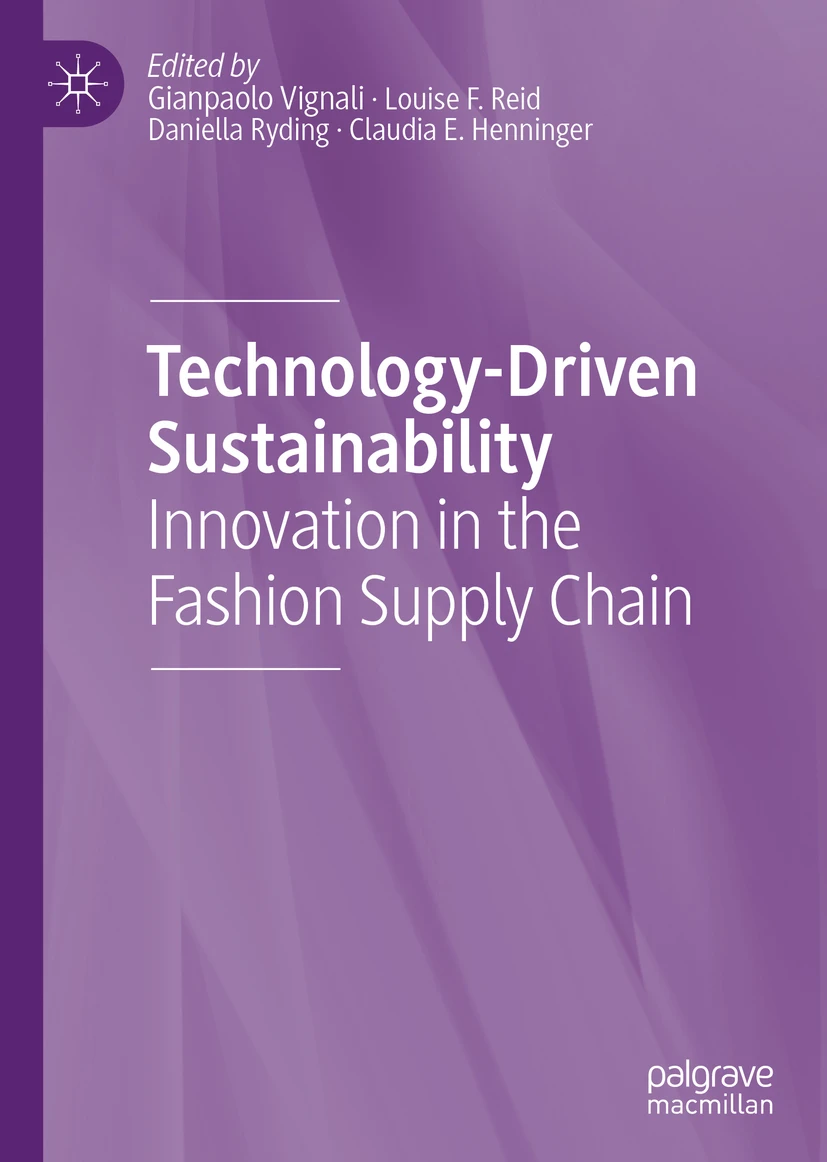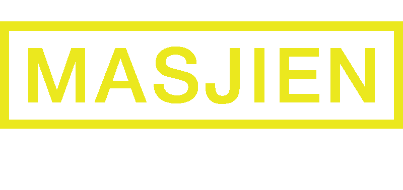Jasmien co-author book chapter: How Technology Influences the Circular Economy

Over the past decades, the fashion industry has become one of the most resource-intensive industries in the world. Throughout the whole value chain, from production to usage as well as with regard to disposal of clothing, there’s a huge impact. Nevertheless, advancements in modern technology have served to develop innovative solutions to enhance a circular economy leading to waste reduction, design for longevity and service offerings.
The study at hand is the first to closely investigate the concept of a circular economy based on a holistic seven-stage framework. Combining conceptual foundations with multiple case studies, it contributes to a further understanding of sustainable development through technological innovations.
This chapter contains a multiple case study approach based on the seven-stage Close The Loop framework established in 2015 (resources, design, production, retail, consumption, end of life and systems thinking/sustainable entrepreneurship). Thus, each phase in the cyclical process is discussed conceptually and further illustrated through best practices from a database of more than 350 innovative cases in fashion. Lastly, concrete managerial implications for hands-on strategies to be implemented in fashion are derived.
Results depict the current status quo of technology in fashion and propose the implication of diverse innovations to foster a circular economy. These can range from 3D-virtual prototyping in order to save resources up to block chain systems to increase transparency along the whole value chain. Further findings include the use of technology to create a stronger bond between consumers and their clothing to avoid quick disposal of their items.

